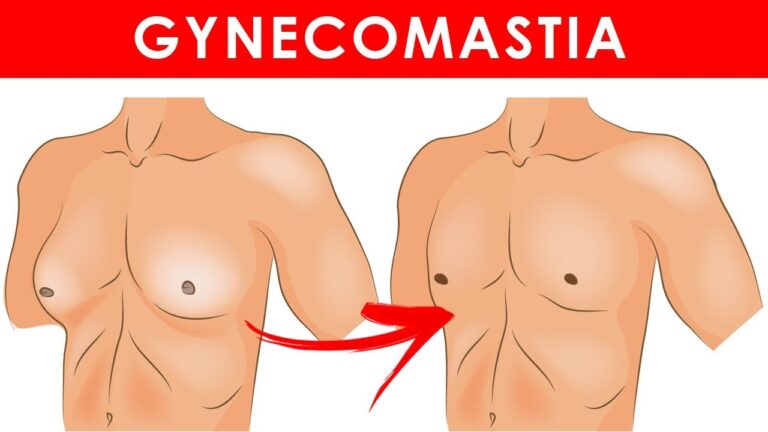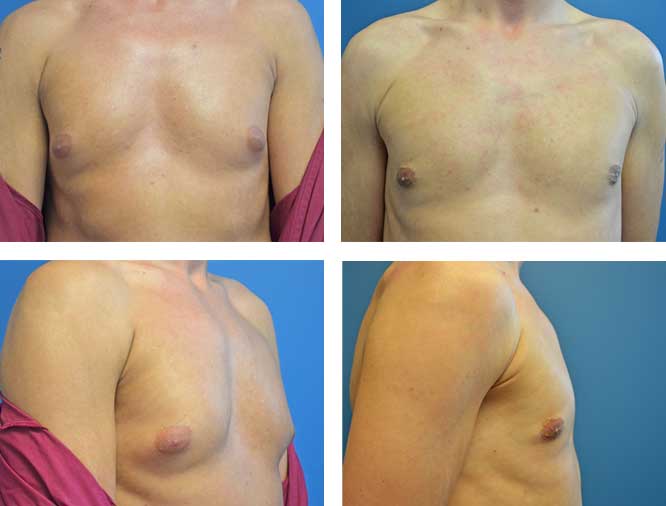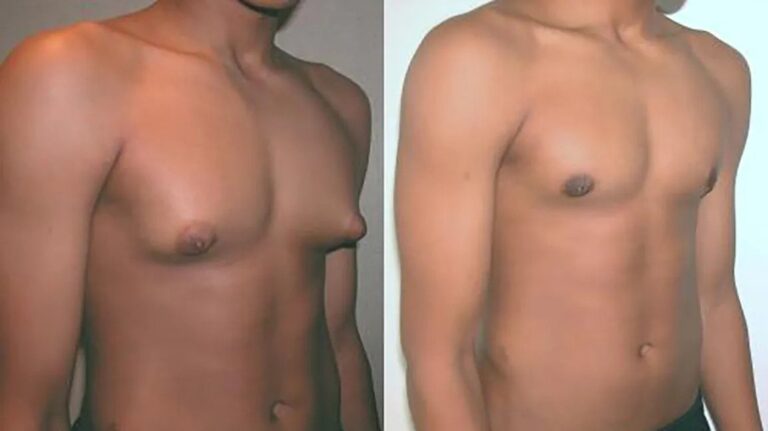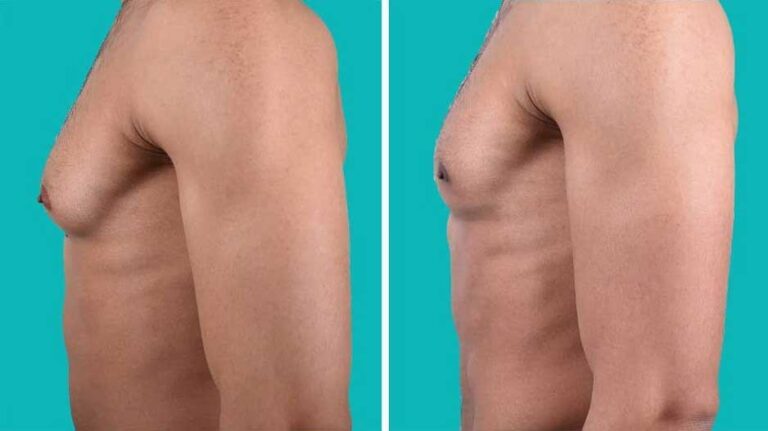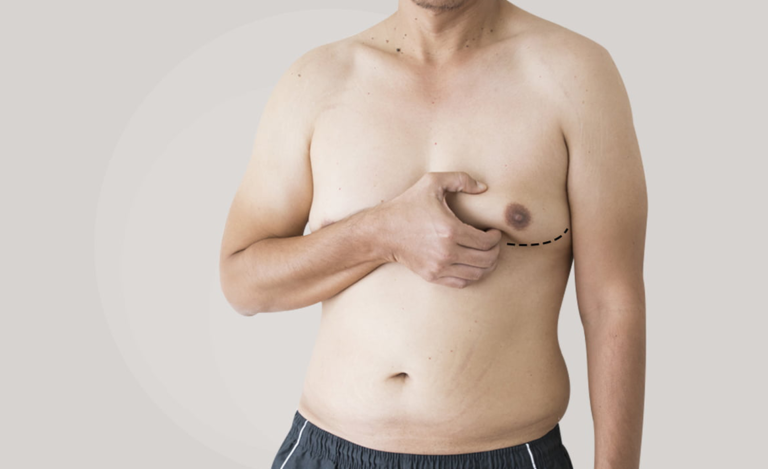Gynecomastia
In this blog category, we will explore Gynecomia with our expert plastic surgeon. Dr Tarek Bayazid, a distinguished plastic surgeon based in Dubai, is renowned for gynecomastia surgery in Dubai facial rejuvenation and body contouring expertise. Trained at Belgrade University and the Clinical Center of Serbia, he excels in surgical and non-surgical aesthetic procedures. He is known for his advanced “composite deep plane facelift” technique. His commitment to natural results and patient safety has attracted a global clientele, underlining his status as a member of prestigious societies, including ISAPS and the Melbourne Advanced Facial Anatomy Course.
Gynecomastia is a common condition in males where the breast tissue becomes enlarged. This condition can affect one or both breasts, sometimes unevenly. Often linked to hormonal imbalances, gynecomastia can occur at any age but is most prevalent during infancy, puberty, and in older age, aligning with times of significant hormonal changes.
The primary cause of gynecomastia is an imbalance between the hormones estrogen and testosterone. While estrogen controls female traits, including breast growth, testosterone regulates male traits and inhibits breast development. When testosterone levels are low relative to estrogen, gynecomastia can occur. This hormonal imbalance can be triggered by natural changes during puberty or ageing or due to conditions affecting the endocrine system.
Symptoms of gynecomastia include swollen breast gland tissue and breast tenderness. The condition is usually more of a cosmetic than a severe medical issue. However, it can cause significant psychological distress or discomfort. It’s essential to differentiate gynecomastia from other causes of breast enlargement, such as fatty tissue growth due to obesity, which is known as pseudogynecomastia.
The diagnosis of gynecomastia is typically based on a physical examination. Your doctor may also order tests, such as blood or imaging studies, to help determine the cause of gynecomastia and rule out other conditions. Treatment for gynecomastia depends on its cause and severity. No treatment is often needed, and the condition resolves independently. If an underlying health condition causes the gynecomastia, treating that condition may improve symptoms.
Medications are also available to treat gynecomastia. These include drugs that adjust the hormonal balance, such as anti-estrogens. In more severe or persistent cases, surgery may be recommended. Surgical options include liposuction to remove breast fat and mastectomy to remove breast gland tissue.
It’s essential to consult a healthcare professional if you notice any changes in your breast tissue. You must visit your surgeon if you feel pain, tenderness, or nipple discharge. While gynecomastia is usually harmless, it can sometimes indicate a more serious underlying condition.
Prevention of gynecomastia involves addressing any underlying health conditions and maintaining a healthy lifestyle. Regular exercise and a balanced diet can help manage weight and hormone levels. Avoiding alcohol and drugs that can affect hormone levels is also essential. Regular medical check-ups can help identify and address any health issues contributing to gynecomastia.
Gynecomastia is a common condition characterised by the enlargement of breast tissue in males. It’s usually not serious, but it can cause discomfort and psychological distress. Understanding the causes, symptoms, and treatment options is vital for managing this condition effectively. Seeking medical advice is essential for an accurate diagnosis and appropriate management.
Ready to embark on your transformation journey? Book a consultation with Dr Tarek today and take the first step towards achieving your ideal physique with expert gynecomastia surgery in Dubai.


